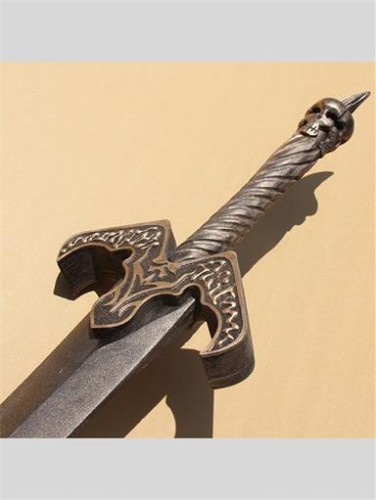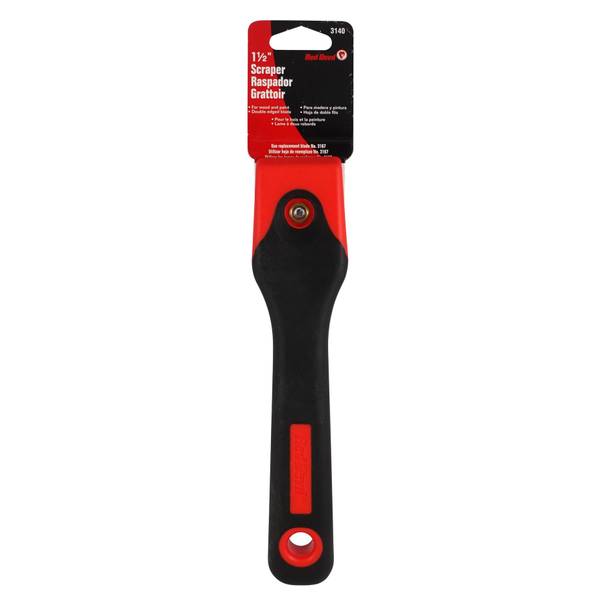

Similar to a kukri or kopis, but independently evolved, these Roman-killing machines are curved downwards. Iberians chopped the hell out of so many Roman soldiers with these babies, that the Romans redesigned their shields and armor. Falcata (one-handed): The incredibly badass pre-Roman Spanish machete.Usually wielded by heroes in the "Arabian Nights" Days, as well as good-hearted dark elves. Scimitar (one-handed): Includes all kinds of curved, non-katana swords, including the Pirate cutlass, the Indian talwar, the European falchion and sabre, and the Chinese dao.Not all Japanese swords were katana, but popular culture doesn't know that.nor are they generally aware of the Katana's European counterpart, the German Großes Messer and the two-handed Kriegsmesser

Are considered the coolest swords of all by some people. Tachi were in vogue for most of the time, being supplanted by katana after the Sengoku Period. Tachi/ Katana (two-handed): The weapon of choice of the Samurai and certain Ninja (especially of the highly visible variety).Primarily used in medieval and European settings. The pommel of the weapon can hold the back half of the non-dominant hand. It is designed to be used primarily one-handed, but can easily switch to two-handed for more powerful strikes. Bastard Sword/Hand-and-a-Half Sword: Smaller in blade and hold than a longsword, but longer than a shortsword.See also: foils (which are blunt and used in fencing). Expect Implausible Fencing Powers and lots of Flynning. The favorite weapon of The Cavalier Years, where swashbuckling heroes and Pirates roamed. Rapier: Ho ho! Ha ha! Guard! Turn! Parry! Dodge! Spin! Ha! Thrust! Quip! A one-handed sword with a long (~40 in), stiff, narrow blade for thrusting play.Sometimes used by blonde women to kill human-eating monsters. Claymore (two-handed): Scottish sword with a blade length of 100-115 cm (39-45 in).Especially good for lopping enemy pike tips off, not to mention enemy heads. Used for intimidation, decapitation, and decimation. Zweihänder (two-hander): With a blade length of 120-150 cm (4-5 ft), was longest known sword, the real life BFS.Both the German and Italian schools of swordsmanship deal with the longsword. Some of the specific types of greatswords are mentioned below. Greatswords ARE the BFS of the real world, sometimes as tall as a man of their period and with pretty big handles and handguards. The longsword was made to be wielded with two hands, and thus has a handle long enough to comfortably accommodate them, yet doesn't qualify as a BFS since it can be used one-handed, although you would lose dexterity in your swordplay if you did. Prone to a lot of misidentification, it's commonly mistaken for a bastard sword, greatsword, broadsword and other types of swords from the Middle Ages and Renaissance. This type of sword came into vogue in the late 13th century, and remained in use until the 17th century. Sometimes used as a generic term referring to any sword that long or longer. Longsword (two-handed): The quintessential knightly weapon of the Late Middle Ages, with an average blade length of 90 cm (35 in).These weapons even come in multiple categories: It could be that it is an Elegant Weapon for a More Civilized Age, or perhaps it's because sword fights just look so impossibly cool. There is something a sword has that other weapons don't.


 0 kommentar(er)
0 kommentar(er)
